Stop Losing Discs!

It’s spring time here in northern Utah and the snow levels on the mountains are rising with the temperatures. The warmer weather mean more opportunities for hucking discs. It also means more lost discs. Although I can’t guarantee you’ll stop losing discs in this blog, I’ll give you a couple tips to improve your odds of getting lost discs back.
Regardless of your skill level, if you play enough disc golf you will end up losing a disc (or two. Or ten) Whether the disc ends up in some bushes, a body of water, or even deep snow, many of us end up walking away from a disc on a course. What can we do to improve our chances of getting our disc back?
While there are a few disc golfers, who live by the motto, “Finders, Keepers”, there are many more who will attempt to get the disc back to its original owner. Some of those people will only make the attempt if there is contact information on the disc (as opposed to posting a picture on a local Facebook page.) That leads us to the first tip.
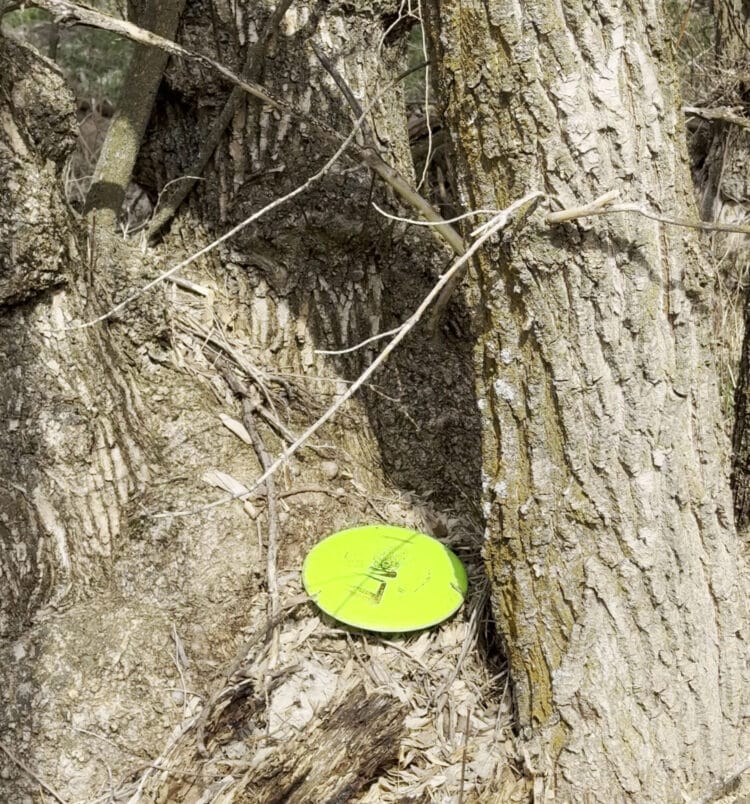
Write Your Contact Info on Your Discs
This simple task of writing your name or some contact information greatly improves your chances of getting your disc back if it gets lost. If you are not comfortable writing your name and/or phone number, consider using an email address. You could also get a Google Voice phone number (which is what I do) that you use exclusively for this purpose, and put that on your disc. Whatever method you use, giving people a way to contact you might make the difference between getting your disc back or not.
Check Your Penmanship
It is frustrating to me when I find a disc that has a number on it, but can’t read the digits. Is that a six, or an eight, or maybe a zero? I don’t want to text a bunch of wrong numbers in my quest to return your disc to you. If you don’t have the most legible penmanship, ask someone else to write your info on your disc. Another convenient option is to buy a rubber stamp with your info on it. Then you can quickly stamp your discs with clear information.
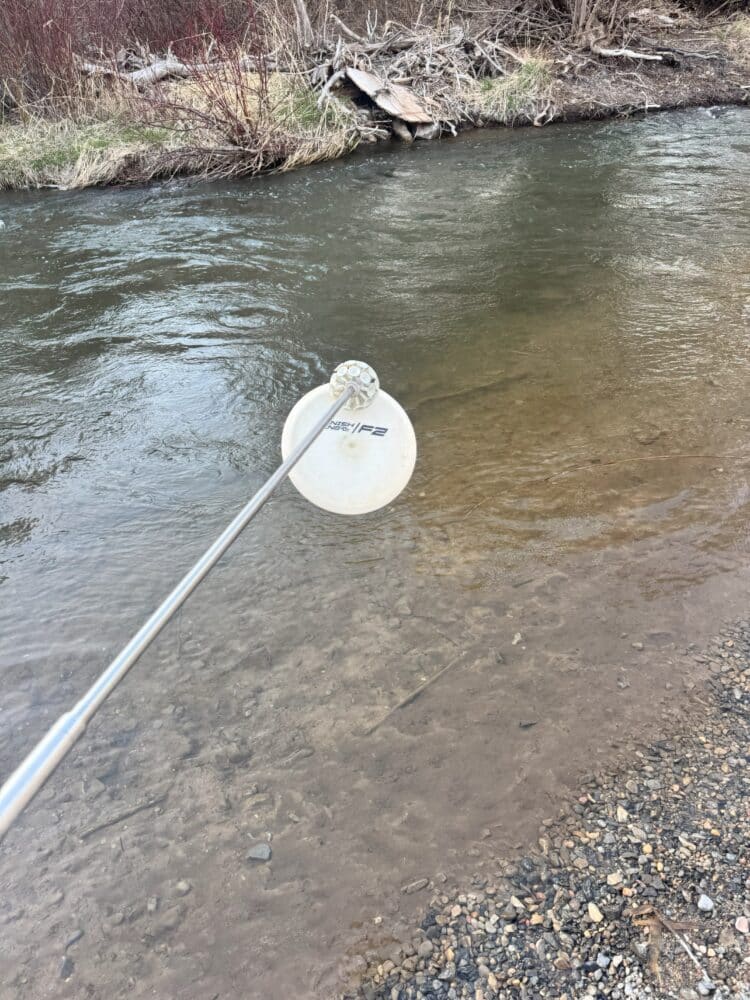
Refresh and Update
Even if you diligently write your contact info on your disc, it will fade over time. That phone number you wrote last year might not be visible, and lead to people having to decipher what your digits are. Take the time at the beginning of the season to check your go-to discs to see how the ink is holding up. You’ll save a disc finder from having to do detective work.
Many people change their phone number when they get a new phone. If you do, remember to update your discs with your new number. It’s a bummer for me to attempt to return a disc with a number on it, only to get the message that a number is no longer in service. Or to have someone reply that it isn’t their disc.
Bye-Bye Bag
Every year, without fail, I see a Facebook post from a disc golfer saying their entire bag got stolen out of their car. Many times, their fellow club members will offer replacement discs, which is good to see. However, avoiding the theft in the first place would be preferable.
By not storing your disc in your car, you reduce the opportunities that a thief has to take your stuff. A lot of people keep their bag in their car all the time, for convenience. If that is the case, lock it in your trunk. If it isn’t visible, it will be less of a temptation for an opportunistic bad guy. Someone could still break into a locked trunk, or even your house, but they are less likely to go to that length for a bag and some plastic.
Keep Your Discs!
After a recent local tournament and league, I found 38 discs in or around a river that runs through the course. I was able to contact the owners of 28 of the discs from the phone numbers on the discs. Those are good stats, in my opinion. And they were made possible because people took the time to write their contact info on their discs. (Another seven got claimed after I posted a picture of the discs on our club Facebook page.) Increase the odds that YOU get your disc back by writing your contact info on your discs!
If you need to replace a lost disc, I know a good place to shop for a new one!
Laws Regarding Found Property
On a side note, I’ve seen a lot of debate about whether or not people make an effort to return discs that they find. Some people, as mentioned above, believe in ‘Finders, Keepers’. Others will make an effort to locate the owners. What are the legal ramifications of keeping a disc?

In Utah and some of the surrounding states, the law requires you to either notify or surrender the disc to law enforcement or a government entity. In the entire history of disc golf, I doubt this has ever happened. (Idaho law states that the item must be over $100 in value, which excludes most discs.) It may be a requirement to surrender a found disc, but those are laws with very little teeth.

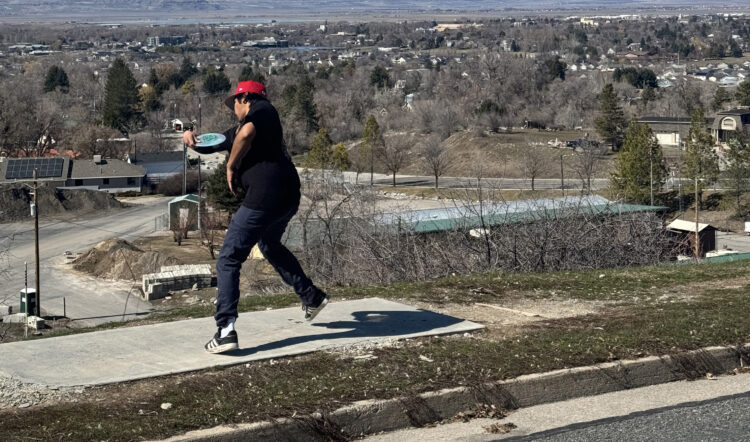
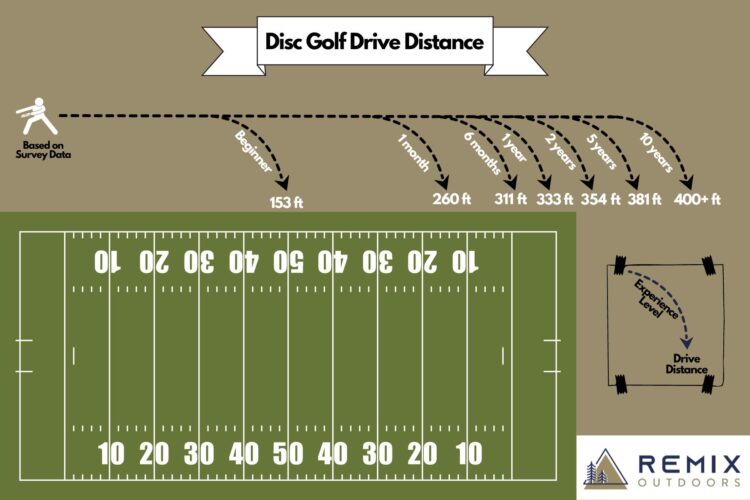

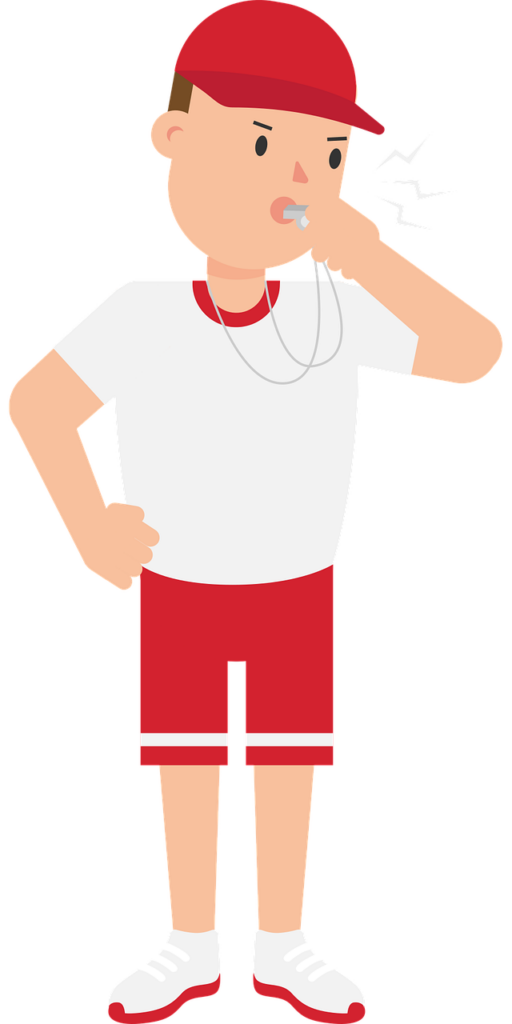

 No, if you’re serious about low scores, then throwing your discs
No, if you’re serious about low scores, then throwing your discs 
